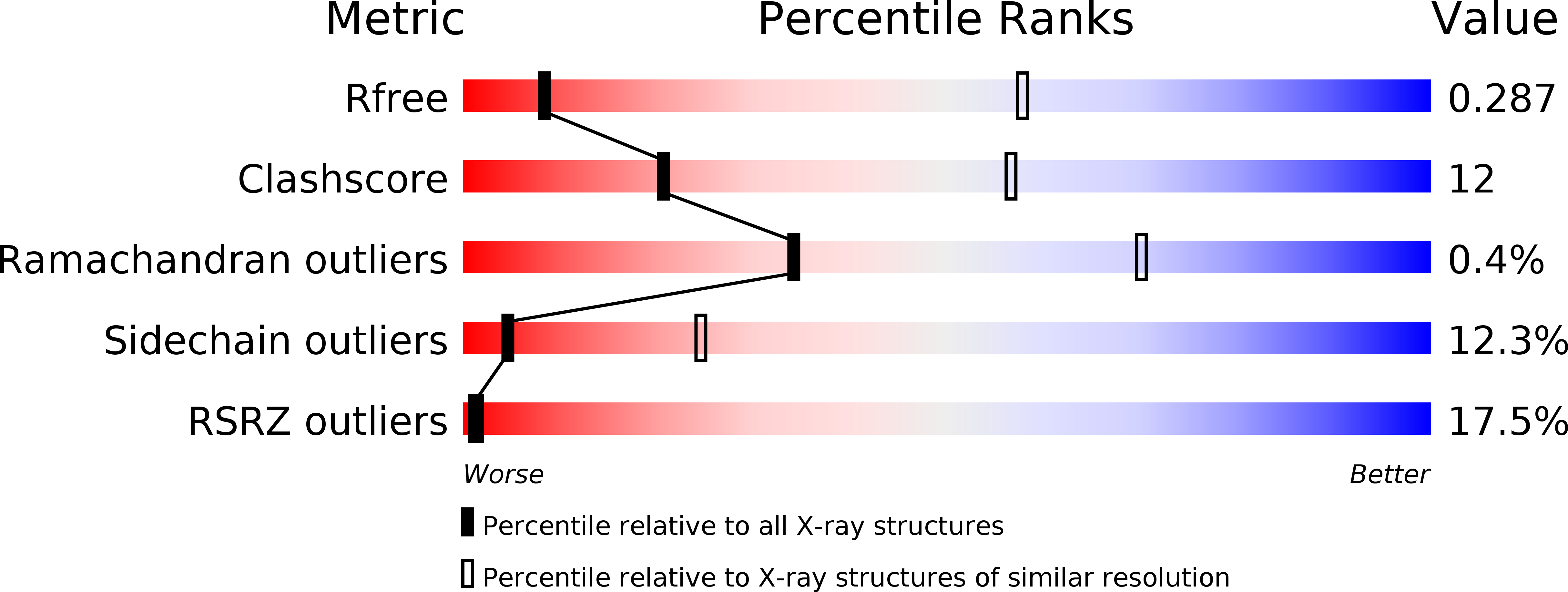
Deposition Date
2013-07-15
Release Date
2013-10-16
Last Version Date
2024-11-06
Entry Detail
PDB ID:
4LP5
Keywords:
Title:
Crystal structure of the full-length human RAGE extracellular domain (VC1C2 fragment)
Biological Source:
Source Organism:
Homo sapiens (Taxon ID: 9606)
Host Organism:
Method Details:
Experimental Method:
Resolution:
3.80 Å
R-Value Free:
0.28
R-Value Work:
0.24
R-Value Observed:
0.24
Space Group:
P 65


